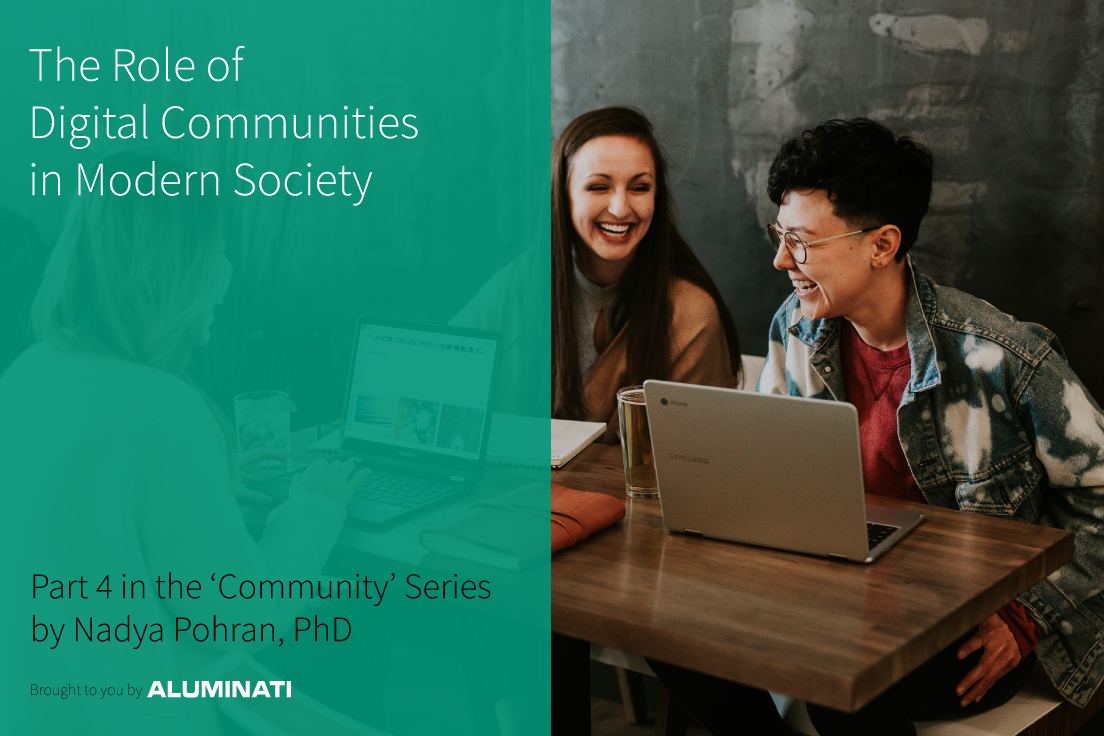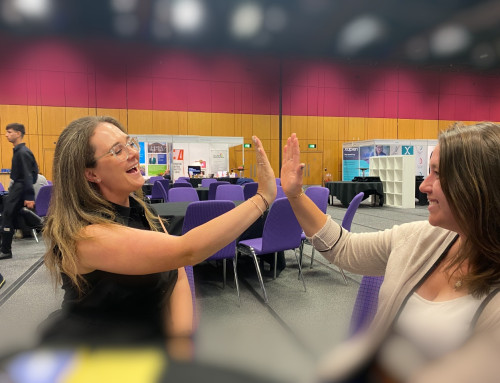Keen to learn about a Digital Community and how it can help your organisation?
Tightly-knit communities aren’t only formed based on who we are in close proximity to. Today, digital tools enable us to connect with like-minded people across different cities, countries, and time zones. While geographically close communities have unique advantages, digital communities open up a world of possibilities for people who want to reach out and connect beyond their locale. This article explores how digital communities are filled with endless possibilities for potential connection with like-minded people.
Subscribe to receive updates when we publish new and interesting content.
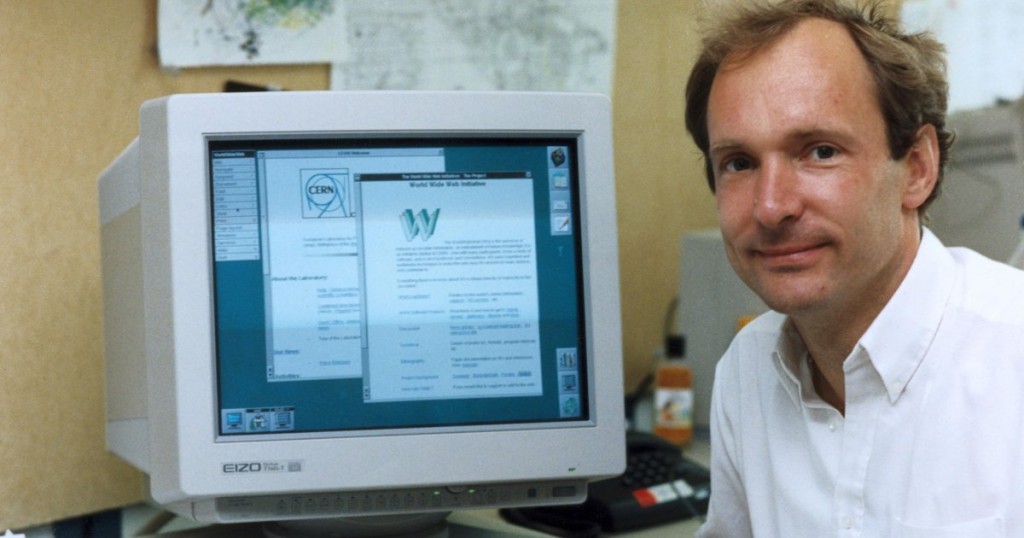
Tim Berners Lee – Creator of the World Wide Web
The age of the internet
Did you grow up in the age of the internet, email, and cell phones? Or can you remember when these technologies were introduced to you? Because so many of us have either grown up with or grown accustomed to, the internet and other digital communication technologies, it can be challenging to imagine just how transformative such technologies have been on our ability to communicate and form connections.
For a real-world comparison of the “before internet” and “after internet,” I can contrast two nearly identical experiences–other than the fact that they happened 25 years apart. One of my academic mentors, who conducted research in India before digital connection was commonplace, found herself worrying that she had perhaps bitten off more than she could chew. Thus, she penned a letter to her PhD supervisor in Canada and mailed it from the remote village in India where she was living. The general speed of snail mail, compounded by the mailing infrastructure of rural India, resulted in her concerns taking several months to reach her supervisor.
Nearly twenty-five years later, I was doing my own PhD fieldwork, also (as it would happen) in a remote part of India. But I had a shockingly different experience of communication than my mentor. Although I still sometimes had to go searching through the hills in order to find an adequate 3G signal, I was able to contact the outside world via a simple text message or email, sent via my phone. I often received a reply to my messages before leaving the signal zone. There’s no way around it: technological advances like the internet, and all that has come after it, have revolutionized our ability to communicate with each other.

Noticing the things we’ve made normative
Given its importance to communication, it might be worth asking: how much do you know about the internet? I for one did not know very much about it before starting this blog post. And I suspect that part of my ignorance is due to the fact that, generally speaking when things have been normatively incorporated into our daily routines, we often neglect to notice how strange (/wonderful?) they are. This is a fact that cultural anthropology, psychology, and neuroscience all shed light on in different ways: humans don’t actually notice the things in our environment that we’ve grown accustomed to.
So, just for a brief moment, let’s pause and appreciate how incredible the internet is, via exploring a bit of the background of its creation.
Each of those steps brought us to what we now know as the internet. But what has this marvellous invention of technology actually done for us? Well, it did a few things.

A digital community widened our ability to connect with like-minded individuals
First and foremost they enabled us to connect with more people across different geographical regions, thus increasing the potential for us to come across individuals with whom we shared something in common. Previously, humans formed community connections based on geographical proximity. The invention of the internet offered something different: it eradicated this reliance on physical space.
Because we could now connect with people not just within a physical radius but rather across cities, countries, and time zones, we were able to drastically increase the number of people we could connect with at any given moment. More people meant more potential connections. While individuals might have earlier been hard-pressed to find people in their physical proximity who shared their particular interests, hobbies, or dreams, digital connection changed that.
Being able to connect with people across vast distances removed a significant cost barrier to connection. People who might have wanted to connect with other like-minded individuals, but felt that it was too challenging to do so, now no longer had to navigate the logistical challenges of travel. Or, at least, any logistical challenges were now tech-specific rather than travel-specific, and so they were able to connect more easily and readily with a wider number of people.
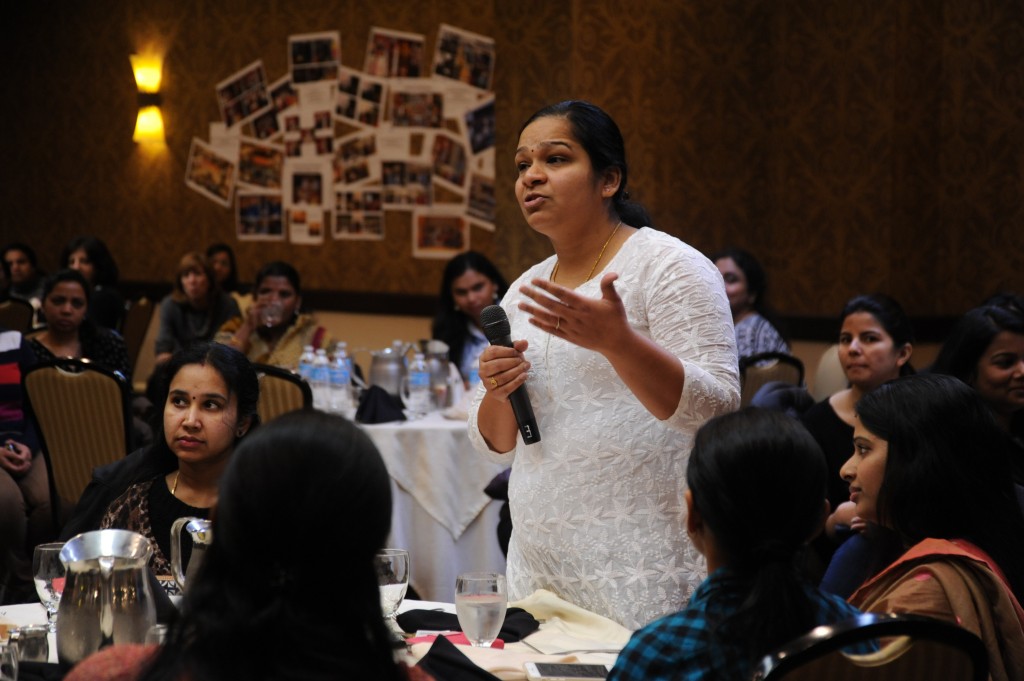
Digital community removes logistical barriers of connecting
As you can imagine, if we wanted to connect with other people before the digital age, we had to first collectively meet in a shared space. Getting to that space, depending on how far away it was, took up significant time and energy. Digital technology made connecting easier.
In my last article, How to Identify Key Members of Your Community, I wrote about helpers and helpees and the multiple ways in which help can either be offered or received by individuals in a community through multi-directional mentorship. We understand that individuals naturally want to help or be helped by others and that these help-oriented actions are crucial in forming ties that strengthen a community. Therefore one can conclude that a digital space that removes the barriers to this assistance giving interactions inevitably leads to the increased formation of community bonds.
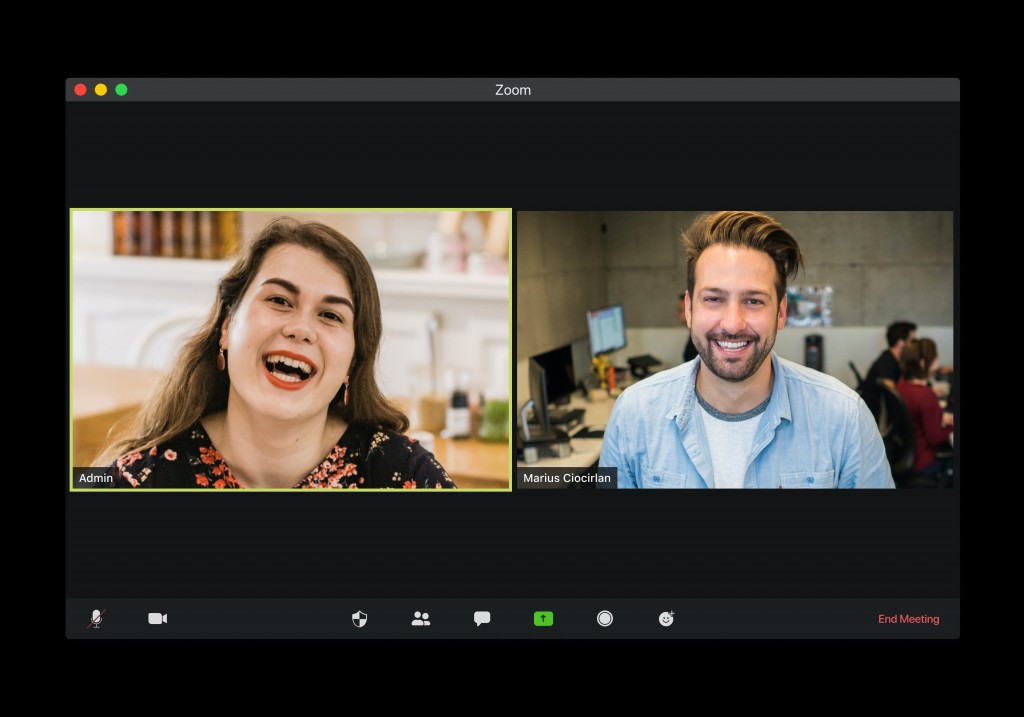
Digital community vs Remote Working
Now is as good a time as ever to clarify what exactly I mean by a “digital community.”
Many people have experienced some degree of remote working in the past year. But, for most of us, this was an adaption to the world of digital meetings, rather than creating a community that was specifically designed to be digital from day one. That kind of adaptation to digital is not the kind of thing that I am talking about here. Instead, by digital community, I mean something that was actually designed to be digital.
Generally, physical proximity is not the primary reason that a digital community forms. Instead, digital communities are based on similar interests, shared hobbies, common histories, common goals, etc.

We help people who are like us
We tend to help others who share something (a personality trait, a goal, a hobby, the same affiliation to a larger group, etc.) with us. Consciously or unconsciously, we help others because we see some degree of ourselves in them and/or because we intuit that helping others will, in some way, help us.
Often, we will find that we are drawn to certain people more than to others. This is the same in physical community interactions as it is in digital interactions.
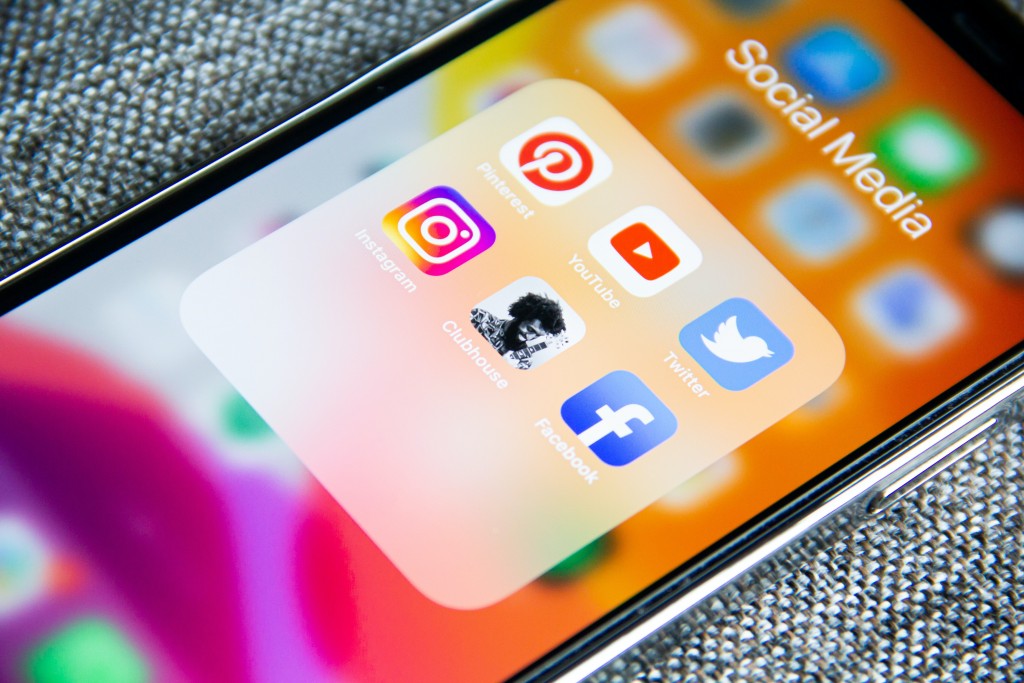
Digital communities enable a different kind of connection
For many of us, it can feel more natural to form connections in person than in the digital world. There are lots of non-verbal cues, like body language, that we can read in others when we’re in the same physical spaces as them. At the same time, digital communities offer their own unique benefits when it comes to connection: we can share information upfront about interests and experiences that would otherwise likely take weeks to unearth. What we lack from the chemistry of meeting in-person, we gain from a quicker meeting of the minds.
In order for these benefits of digital communication to be reaped, a digital community must be designed in a way that enables individual members to meet each other, interact, and form connections, a good example is an alumni management platform or an alumni engagement software. The potential for individuals to spark something is absolutely there: they might form a mentor/mentee relationship, a business partnership, a friendship, or other meaningful connections which allow them to prosper as individuals. But, in order for any of this to transpire, they’ll require a digital social infrastructure that allows for these potential interactions to occur in the first place.

Recognising the latent connections in our digital communities
If you’re someone who builds or actively participates in digital communities, you should keep in mind that digital communities are filled to the brim with what we might call “latent” connections. Because there are so many people, across so many spaces, who are participating in the community (or, perhaps, not-quite participating but ready-and-waiting for the right moment to do so), there is a huge potential for people to connect and find like-minded people in a way that they might not be able to do in a traditional community that is formed from geographical proximity.
Now’s as good a time as any to reflect: What infrastructures exist in your digital community for individuals to participate and engage with each other? How can people find and connect with others who are like-minded? How can they offer or ask for help from others? If you’re not yet sure how to answer these questions, there’s only one way to find out: start listening to the individuals within your community. If you are not sure how to do this, Aluminati’s online community consultants would be happy to help.
Our next three articles in this series are going to be exploring some specific ways that a digital community can be built and cared for in different contexts. We’re going to explore the case for communities in three specific contexts.
(1) Educational communities and how they support the many different constituents from applicant to current student to alumnus.
(2) Corporate and enterprise communities and how staff, former staff and customers all benefit from healthy communities.
(3) Membership organisations and the opportunities for them to explore peer-to-peer dynamics, empowering their members to connect with one another as a way to exponentially increase the value of their organisation.
Subscribe to receive updates when we publish new and interesting content.
